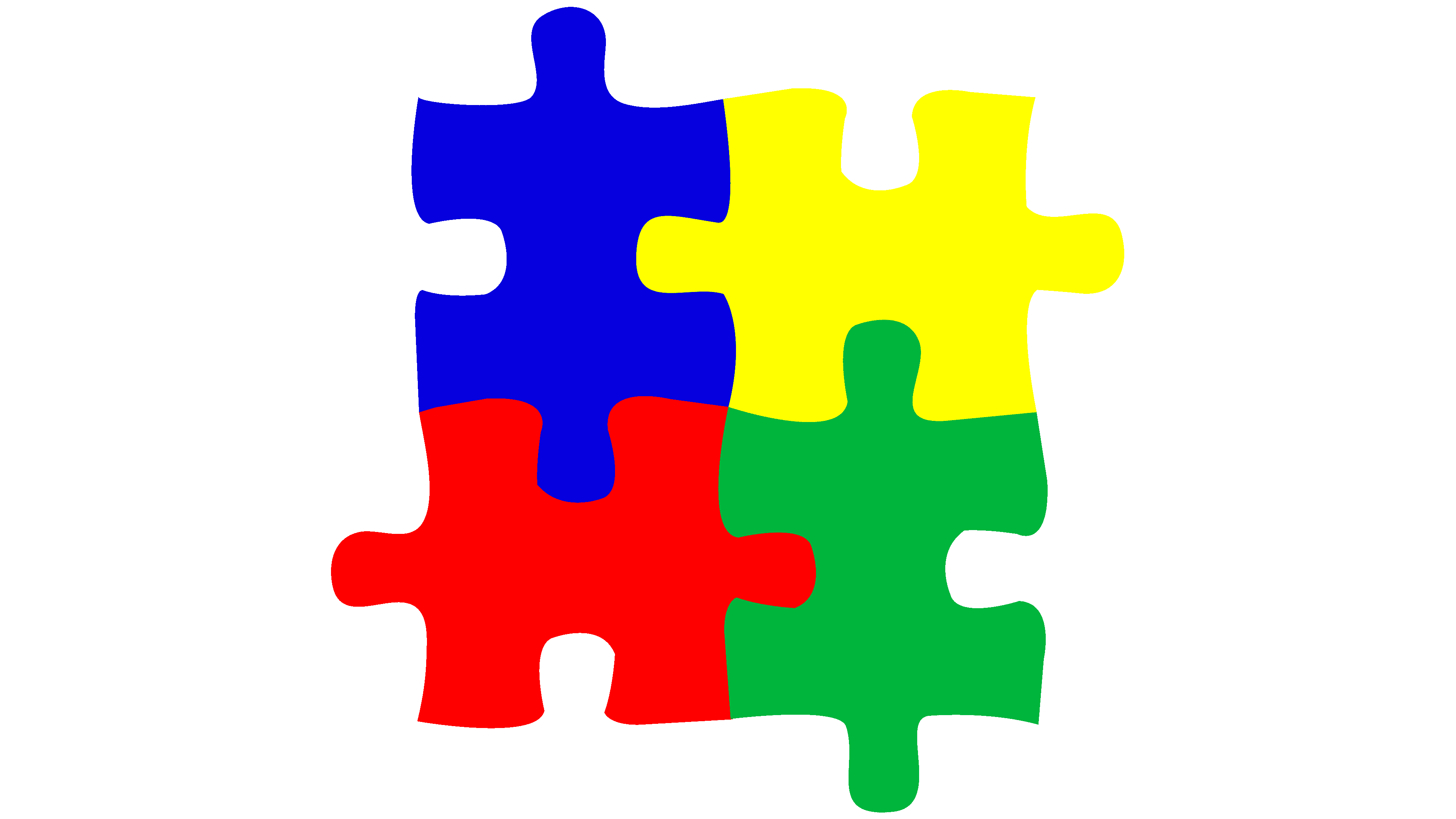Navigating Social Difficulties: Tips for People Coping With Autism
Navigating Social Difficulties: Tips for People Coping With Autism
Blog Article
Exploring Autism: Techniques for Effective Communication and Communication
Effective interaction and communication with people on the autism spectrum necessitate a thorough understanding of their one-of-a-kind needs and preferences. The intricacies of these techniques disclose further factors to consider that warrant expedition, particularly in just how they can be adjusted to specific experiences and diverse contexts.
Recognizing Autism Range Condition
Autism Range Condition (ASD) incorporates a series of neurodevelopmental conditions identified by challenges in social interaction, communication, and repeated actions. The term "spectrum" shows the diverse manifestations and differing levels of extent experienced by individuals with ASD. While some might show significant problems, others may display high-functioning traits, permitting higher self-reliance in daily life.
The beginning of ASD usually happens in early childhood, with signs often recognizable by age two. Very early signs may include delayed speech development, minimal eye call, and troubles in understanding social cues. The accurate etiology of ASD stays uncertain, study suggests a combination of genetic and ecological variables plays a critical duty in its advancement.
People with ASD commonly have one-of-a-kind toughness, such as enhanced attention to detail and outstanding memory abilities. Nevertheless, they may battle with recognizing abstract principles and handling modifications to routine. Consequently, interventions and support customized to individual requirements are crucial for cultivating interaction and social skills. Identifying the intricacy of ASD is vital for promoting awareness, acceptance, and effective approaches that help with significant communications with people on the spectrum.

Value of Clear Communication
Efficient communication is essential for promoting understanding and link, especially for individuals with Autism Range Condition (ASD) Clear interaction not only helps with social communications however likewise boosts the person's capacity to share their emotions, ideas, and requirements. For individuals with ASD, the subtleties of language can frequently be testing; as a result, utilizing distinct and straightforward language is important.
Additionally, clear interaction helps in reducing irritation and stress and anxiety that might develop from misconceptions. When messages are conveyed in a direct and regular way, individuals with ASD are much better equipped to translate details properly, which can substantially improve their social interaction and participation in numerous setups.
Developing regimens and using visual supports can additionally boost clear communication. These approaches offer individuals with predictable frameworks that assist understanding and retention of information. In addition, proactively being and paying attention person throughout interactions advertises an encouraging atmosphere where individuals with ASD really feel valued and comprehended.
Ultimately, prioritizing clear communication not just empowers people with ASD however additionally fosters more significant connections with their peers, caretakers, and the larger area, leading the way for comprehensive interactions and collective connections. - autism
Non-Verbal Communication Methods
Interaction expands beyond words, and for people with Autism Spectrum Condition (ASD), non-verbal cues play a significant role in interactions. Non-verbal communication methods can consist of facial expressions, motions, body movement, and eye contact, all of which work as crucial components for communicating feelings and purposes.
Comprehending and interpreting these non-verbal signals can improve interactions with individuals with ASD. As an example, a warm smile or open pose can develop an inviting environment, motivating involvement. Utilizing aesthetic aids-- such as picture cards or symbols-- can bridge interaction spaces and assist communicate Related Site messages a lot more efficiently.
It is also important to be conscious of individual area, as people with ASD may have various comfort degrees pertaining to distance. Observing their reactions to physical distance can notify appropriate changes.

Creating Encouraging Atmospheres
Producing a helpful environment is crucial for cultivating favorable interactions and boosting the wellness of individuals with Autism Spectrum Disorder (ASD) Such environments can significantly minimize stress and anxiety and create a feeling of safety, enabling individuals to share themselves much more openly.
To accomplish this, it is vital to take into consideration sensory sensitivities that people with ASD may click now experience. Modifying the physical area to include soft lights, very little history noise, and comfy seating can create a calming atmosphere. In addition, using constant regimens and clear visual routines can help people prepare for transitions and minimize uncertainty, additional advertising comfort.
Social spaces need to be structured to reduce frustrating stimuli while supplying possibilities for engagement in favored tasks. Assisting in locations marked for quiet time can likewise work as a haven during moments of stress and anxiety. Significantly, including elements of option encourages people, allowing them to exercise company in their atmosphere.

Encouraging Social Communications
Promoting social communications among people with Autism Spectrum Condition (ASD) needs willful techniques that focus on comfort and interaction. Developing predictable regimens can help in reducing anxiousness, making social settings a lot more friendly. Creating structured settings with defined functions and duties allows individuals to involve without the frustrating stress of disorganized social characteristics.
Integrating interests and strengths into social activities can work as a catalyst for communication. As an example, arranging team tasks around shared pastimes or subjects of fascination can assist in natural conversations and links. In addition, using aesthetic assistances, such as social manuscripts or photographic timetables, can aid in recognizing social hints and expectations.
Modeling ideal social actions is important - autism. Peers and adults must demonstrate efficient interaction techniques, consisting of energetic listening and turn-taking. Role-playing scenarios can also give a safe space for people to exercise these skills
Lastly, promoting peer partnerships via comprehensive practices is crucial. Encouraging comprehensive playdates or team trips can develop opportunities for socialization in a comfy setup. By applying these educators, approaches and caretakers can considerably enhance social interactions for individuals with ASD, advertising their general social development and health.
Final Thought
In final thought, efficient interaction and communication strategies are vital for supporting individuals with Autism Spectrum Disorder. Highlighting clear language, including non-verbal signs, and developing foreseeable regimens substantially improve interaction and decrease anxiety. Developing helpful atmospheres fosters risk-free social interactions, while urging shared passions promotes purposeful links. Eventually, these strategies empower people with autism to navigate social landscapes, promoting their total well-being and making it possible for the growth of long lasting relationships.
Effective communication and interaction with people on the autism spectrum demand an extensive understanding of their unique demands and choices. Clear interaction not just assists in social interactions yet also improves the person's capacity to share their requirements, feelings, and thoughts.Promoting social communications amongst individuals with Autism Spectrum Condition (ASD) calls for intentional methods that prioritize comfort and interaction. By applying these instructors, approaches and caregivers can dramatically boost social communications for people with ASD, advertising their total social advancement and health.
In verdict, reliable interaction and communication methods are crucial for sustaining people with Autism Range Problem.
Report this page